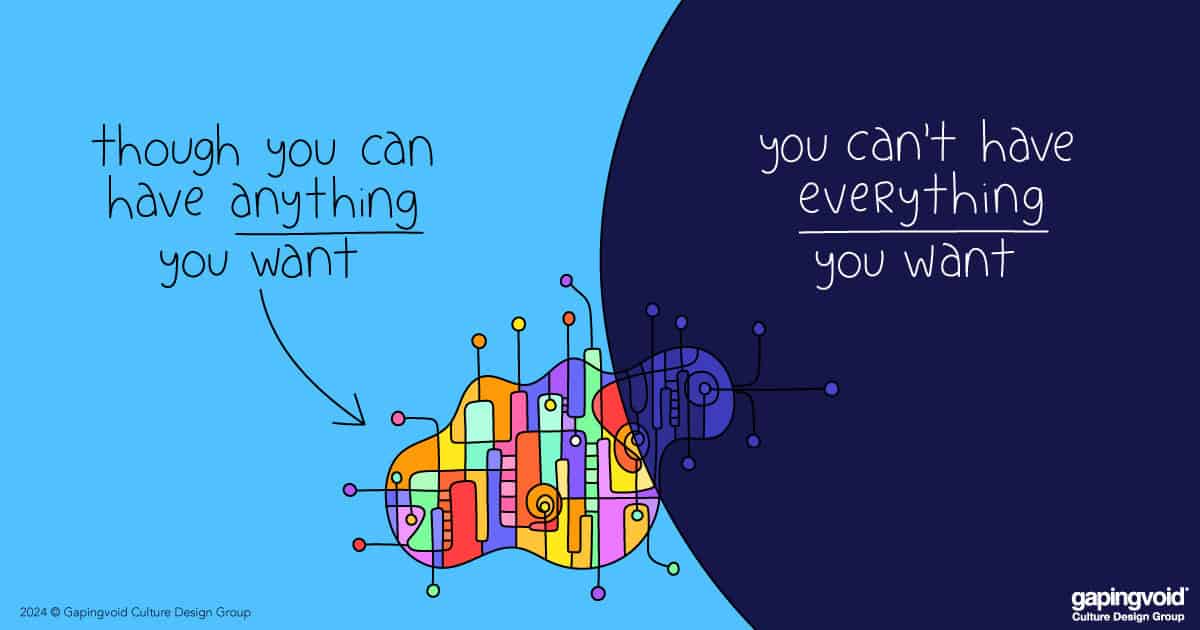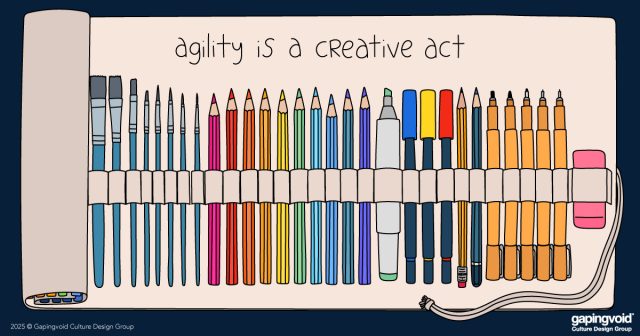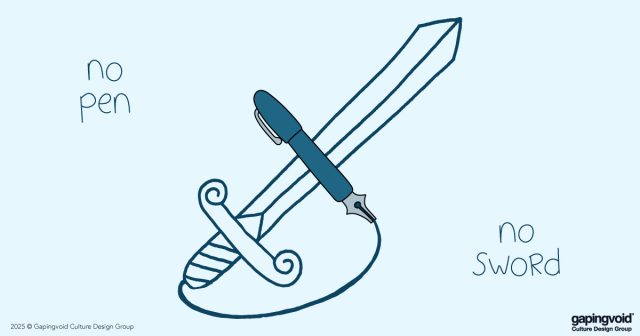
The best thing about having a well-known brand is that it doesn’t go away easily.
The worst thing about having a well-known brand is that it doesn’t go away easily.
Consider the case of Twitter. Elon Musk rebranded Twitter to X in July of 2023. But everyone still calls it Twitter. And we still call it “tweeting,” not “Xing.” And we don’t say we posted an “X.” We say we posted a “tweet.”
It’s the same story with Facebook. Mark Zuckerberg rebranded Facebook to Meta in October of 2021 to support his Metaverse gambit. But today, most of us still call his company Facebook.
Google is in a similar boat. Google’s parent company is called Alphabet Inc not the other way around and yet we all refer to the parent company by the name of the subsidiary and not the subsidiary by the name of the parent company. Why? Because the subsidiary has a stronger brand (after all, we see it every time we open our browsers).
Brands stick. Good brands and bad brands. Making them powerful – and dangerous.
It takes hard work plus luck to lodge a brand into the mind of the consumer. The collective consciousness is already packed with products, pitches, slogans, and symbols. But once it’s in, it’s in, and it’s hard to change.
Take the crisis last year with Bud Light as a recent example. Chances are, even if they make all the changes they need to make to reform the culture, the brand’s image will lag years – or decades – behind.
This is true of most businesses and brands.
While it’s not a silver bullet, a culture with curiosity, open communication, trust, and psychological safety is what can prevent a brand-tarnishing disaster, whether it’s as tragic as an airplane safety issue or as mundane as a bad customer service experience gone viral.
The thing to remember about brands is that they’re cultural constructs- and as big and powerful as they might appear, cultures are inherently fragile things. Trust takes years to build, and seconds to destroy.
Ditto brand’s reputations. Years to build, seconds to destroy, and an eternity to repair.




What a great post. I feel like I know you better and I’m trying to follow your example and figure out what books have shaped me as well. Thank you for sharing this.